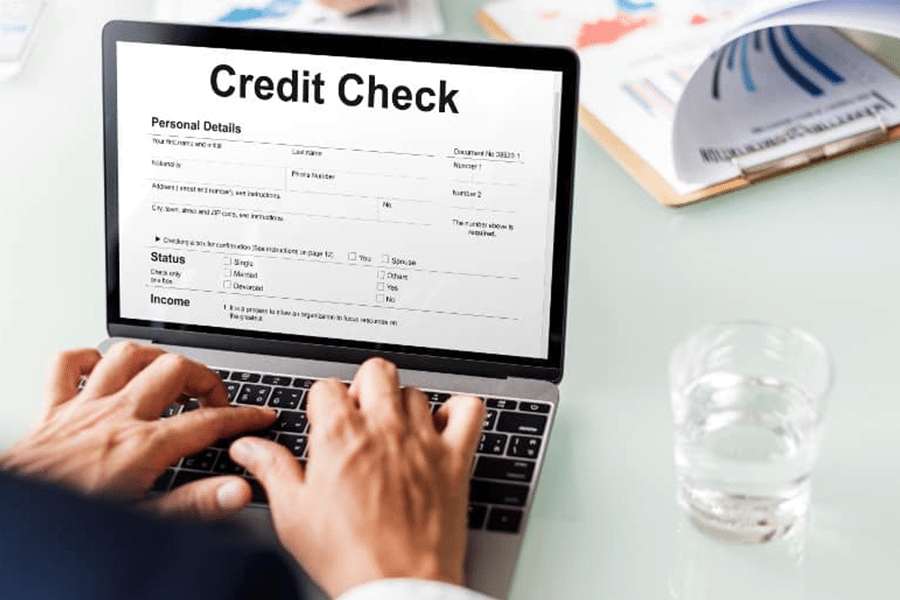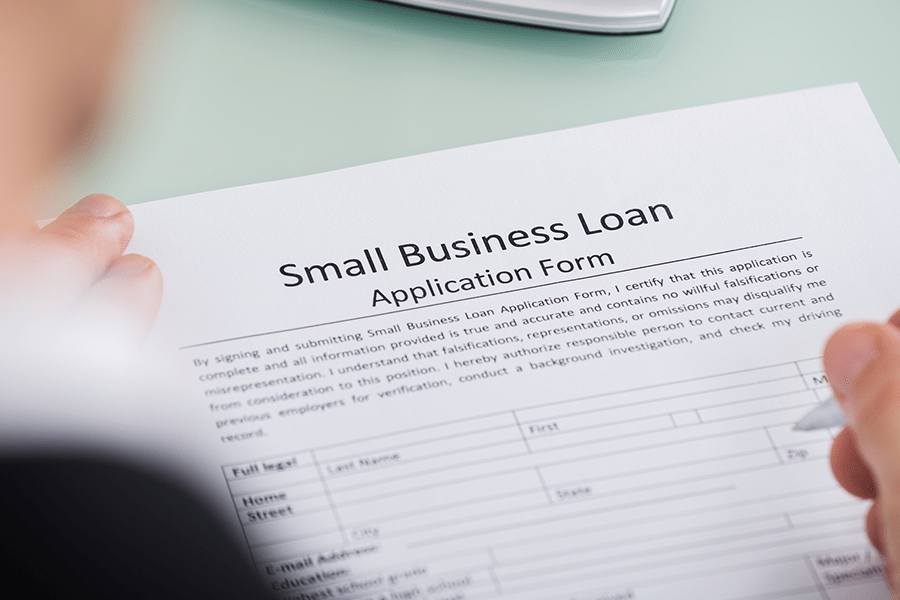With a business credit card and business line of credit, you can make purchases up to the credit limit your lender has issued to you. While both are typically most useful for short-term financing, they have differences when it comes to costs and methods by which you can access the credit limit you’re given. In general, we recommend the following use cases:
- Business credit card: Best for small to medium purchases you intend on paying off in under 90 days
- Business line of credit: Best for being able to get funds deposited to your bank account to cover costs you plan on paying off within one to three years
Business Credit Card | Business Line of Credit | |
|---|---|---|
Typical Loan Amount | $5,000 to $100,000 | $5,000 to $500,000 |
Typical Annual Percentage Rate (APR) | 20% to 30% | 8% to 30% |
Typical Repayment Term | Minimum payments until paid in full | Up to 24 months |
Typical Repayment Schedule | Monthly | Weekly, monthly |
Funding Speed | 7 to 10 days to receive card | 1 to 4 days |
For Our Recommended Providers |
Rates, Fees & Qualification Requirements: Business Credit Card vs Business Line of Credit
The exact criteria for eligibility and the amount of fees involved will vary among lenders. It will also be determined by what loan terms you’re looking for. We’ve listed typical qualification requirements and fees below.
How Small Business Credit Cards vs Small Business Credit Lines Work
With a small business credit card, you’re issued a revolving credit line. You can make purchases directly with the card up to your credit limit. As you pay down the balance, you can continue to make additional purchases.
Meanwhile, with a small business line of credit, you have the ability to draw funds on a revolving basis up to your credit limit. Funds can be deposited into your bank account, at which point you can then use it to pay business expenses.
Process of getting a small business credit card
- You apply for and get approved for the credit card. Applying for a credit card can usually be done online in a matter of minutes. Approvals can sometimes be instant or take several days if additional documentation or verifications are required.
- You receive the card in the mail. Once you’re approved, you’ll typically need to wait 7 to 10 days to receive the physical card in the mail. Some credit card issuers may provide a temporary card number so that you can use the account before receiving the physical card.
- You use the card to make a purchase. Once you receive the physical card in the mail, you can make online purchases using the account number and in-person purchases by swiping or tapping the card at a store.
- You’re issued a statement with your minimum required payment amount. Statements are typically issued monthly and will show your account activity along with the required minimum payment amount. Minimum payments are often calculated as a percentage of your outstanding balance.
Process of getting a small business line of credit
- You apply for and get approved for a line of credit. Most lenders allow you to submit an online application to get a small business credit line, something that can usually be done within 10 to 20 minutes. Expect to be asked for supporting documentation on your business finances. Approvals can often occur within 24 to 72 hours.
- Your online account is established. Once approved, you’ll be given instructions on how to access your account. Most business owners opt for online access for ease of use and the ability to quickly view the account status. Part of the setup process will require you to designate an account where funds drawn can be deposited.
- You draw funds from the line of credit. When you need funds, you can make a draw against the line and have funds deposited to the bank account you’ve designated.
- You’re issued a statement with your minimum required payment amount. Depending on the terms of your loan, you’ll be issued statements showing your account activity and the minimum required payment.
Pros & Cons of Business Credit Cards & Credit Lines
Small business credit cards
| Pros | Cons |
|---|---|
| Have more flexible qualification requirements, making it easier to get approved | Have interest rates that are typically much higher than credit lines |
| Are a simpler payment method for smaller purchases | Have no cost-effective method to convert credit line into cash |
| Typically offer purchase protections and rewards programs | Have credit limits that tend to be lower compared with credit lines |
- Qualification requirements: It’s possible to get some business credit cards as a startup with no prior history, low business income, or no business credit score. This is because business credit cards may simply look at your personal credit score with a personal guarantee requirement, something that would allow the lender to pursue your personal assets in the event your company defaults on payments.
- Simple payment method: You can easily use your business credit card to make payments in person by swiping or tapping your card with a vendor’s payment processor. Online payments can be done just as easily by providing your credit card account number.
- Purchase protection and rewards: Many business credit cards carry purchase protections to cover you in the event of theft or accidental damage of products purchased with the account. Banks may also issue rewards programs, something that can effectively reduce your business expenses.
- High rates: Interest rates tend to be high on credit cards, with annual percentage rates (APRs) often in the 20% to 30% range. This makes it less ideal for financing purchases long-term.
- Inability to convert to cash: Purchases must be made directly with credit cards. With the exception of high-interest-rate cash advances, there is no cost-effective way of being able to use your credit card account to deposit funds into your bank account.
- Lower credit limits: Credit limits generally run from $5,000 to $100,000, which would preclude the possibility of using it for large business expenses.
Small business credit lines
| Pros | Cons |
|---|---|
| Have the ability to convert available credit into cash | Can be more costly; challenging to make smaller or recurring purchases |
| Offer higher credit limits allow for financing larger expenses | Tend to have stricter qualification requirements and paperwork for approvals |
| Have lower rates, making them ideal for financing purchases greater than 3 months | Have less robust purchase protections compared with business credit cards |
- Access to cash: Credit lines allow you to draw funds and have them deposited into a bank account of your choice. These funds can then be used for any business-related purpose.
- High credit limits: Credit limits can be as high as $500,000 or more, making it a good option for financing large business purchases, such as vehicles or other equipment.
- Low rates: The best rates generally hover around 8%, making credit lines less expensive to carry a balance and finance expenses over a longer period.
- Not ideal for small purchases: Some business credit lines have a minimum amount that must be drawn. They may also have a per-draw fee, making it a less economical solution for covering small recurring purchases.
- Strict qualifications: Requirements for credit scores, time in business, and revenue are typically much higher for business credit lines when compared with credit cards. Lenders will also typically require much more paperwork to support your ability to repay the loan.
- Fewer purchase protections: Funds deposited to your bank account from your business line of credit won’t normally carry purchase protections that would otherwise be present on a business credit card. Common examples include protections against theft and accidental damage.
When to Choose a Business Credit Card vs Line of Credit
A credit card and line of credit can both be useful for emergencies and for providing working capital to cover regular business expenses. Due to differences in how they work, however, the best one for you will depend on the type, amount, and frequency of your business expenses. Consider the following scenarios to see which might be better suited for your needs.
Getting Both a Small Business Credit Card & Business Line of Credit
It’s possible to get both a business credit card and a business line of credit. If you can manage the use of these financing options responsibly, you can get the best of both worlds. Some benefits of having both include:
- You can improve your credit scores: The more available credit you have, the easier it is to maintain a low credit utilization ratio, which is a key factor in your credit score.
- You’ll have more payment flexibility: Since monthly payments are calculated differently for a credit card and line of credit, having both can help you better manage your business cash flow. You’ll also be able to choose the payment method best suited for different types of purchases.
Frequently Asked Questions (FAQs)
It’s typically easier to get approved for a business credit card. Business lines of credit have stricter requirements for things like time in business and revenue earned.
While it’s possible to turn your available credit limit into cash, business credit cards require you to do a cash advance, which typically carries an APR of 30% or more. Business credit lines carry much lower rates, often less than 10%.
This depends on the types of expenses you want to cover. Business credit cards are generally better for smaller recurring charges, while business credit lines are good for larger expenses you want to finance for a longer period.
Bottom Line
Although a business credit card and line of credit have similarities and can both be used for short-term expenses, the types of purchases you make will dictate the best option for you. Credit cards are generally better suited for daily, smaller expenses. A business line of credit, on the other hand, can often be a good option for larger expenses.


